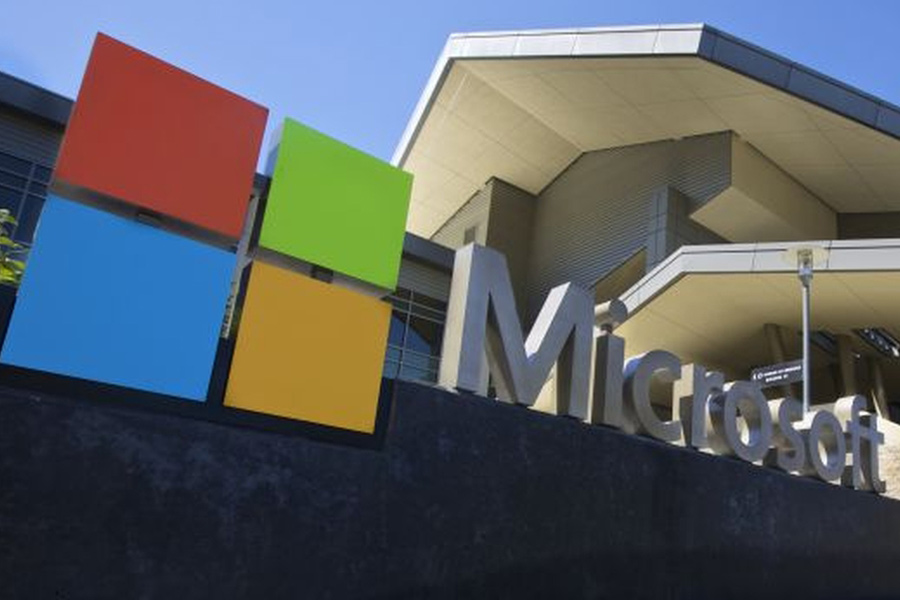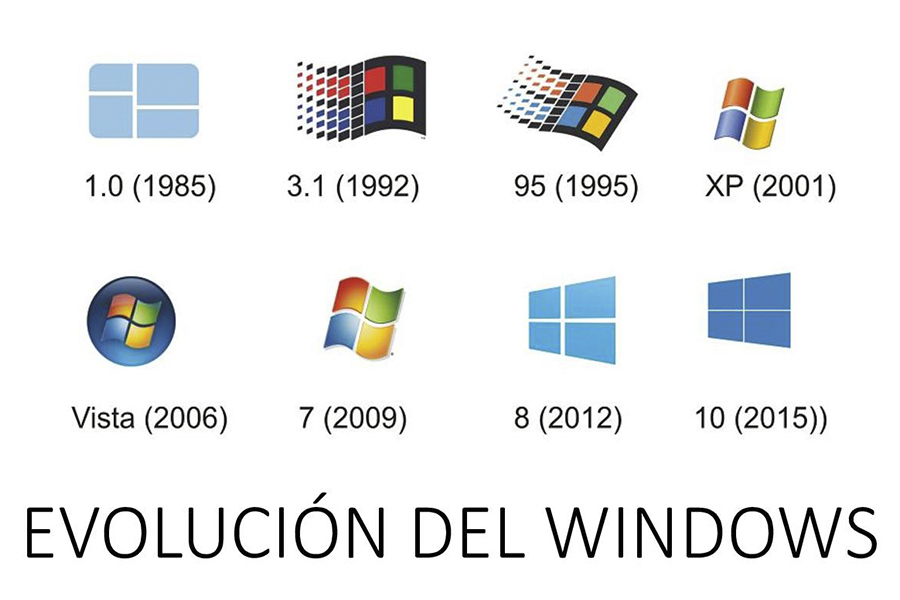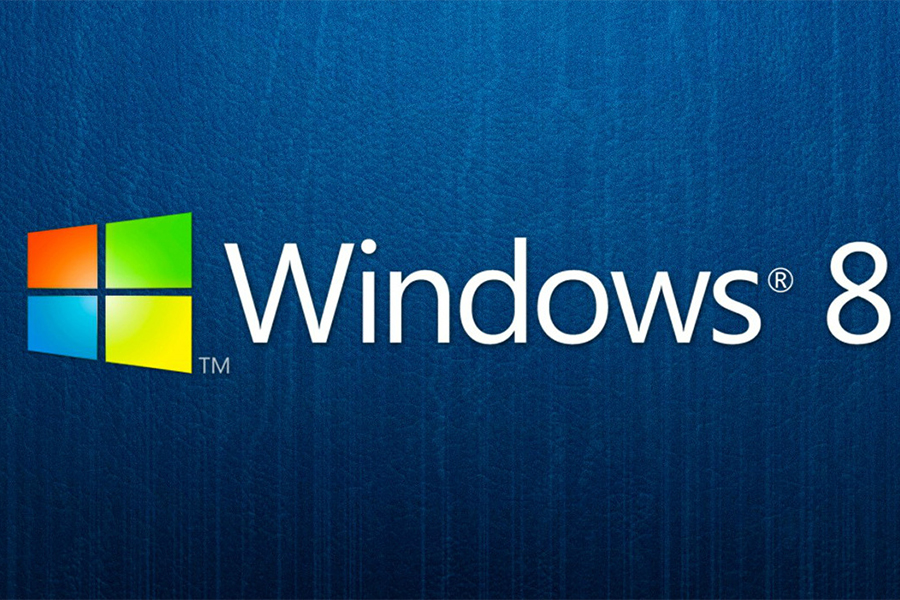We have all worked on Windows but do you know its history? then we share with you an article about Windows evolution with the passage of time, get to know it!

Microsoft installations.
Evolution of Windows What is Windows?
Windows means window in Spanish, it is an operating system based on a graphical tool, which indicates that each element is related to an activity, which is under development. The central objective of this operating system is to act as a connection between the person and the computer.
The interesting thing about this system is that it has many users who handle it, but most do not know how it works, this is due to its friendly interface. Windows has several applications including: antivirus, explorer, Paint, WordPad, among others.
Windows evolution
For the year of 1985 the main alternative of Windows appears as a graphical interface, which was annexed to the MS-DOS operating system, this system was sold with the IBM equipment.
This interface was very similar to the one developed by Apple, which had rights to the icons and windows that the interface had, for example, the recycle bin.
In 1998 Apple filed a lawsuit against Microsoft, the lawsuit was based on the fact that after Apple launched its Macintosh computer, Apple (NASDAQ: AAPL), had authorized the license of some components of its interface to Microsoft to be used in Windows version 1.0.
But when Microsoft released Windows version 2.0, it incorporated features that could be found in Macintosh software, this was the cause of Apple's lawsuit against Microsoft.
During 1987, after the courts ruled in favor of Microsoft, they launched the second version of their system accompanied by Excel and Word, in order to compete with Apple.
In the early 90s, IBM launched its new 80386 processor and version 3 of Windows seriously facing Apple. During this year both Microsoft and IBM worked together on the development of the OS / 2 operating system, which was based on MS-DOS.
But this partnership between IBM and Microsoft does not last for long, this because Microsoft begins to work on its own, launching a Windows with its own interface on the market. This causes each company to work on its own.
IBM- Microsoft Competition
The competition between IBM and Microsoft is intensifying, when IBM releases a cheaper version of its operating system on the market, Microsoft is not far behind and releases version 3.1 called Windows NT, this version is more expensive but has the advantage that it works in any computer.
IBM continues to work on its OS / 2 software and in 1991 presents its version OS / 2 1.30, which was fully developed by this company, in 1992 version 2.0 appears but the stability of this system will be specified in 1994, with version 2.11. IBM has a lot of difficulties in a world where clones and brands are emerging at very low prices.
For the year 1994, IBM released version 3.0 of OS / 2 under the name Warp, this version was very similar to Windows 3.11, due to its multitasking capabilities, IBM released this version for free for the first time. But Windows continues to evolve in the market.

Evolution of Windows.
Windows versions during their evolution
Windows 95
This was the first Microsoft operating system to be based on windows. But it was not the only one on the market, it offered a great advantage to developers by having an easy and structured consumer interface.
Windows 95's main competitor was Mac OS, whose operating system was used by Apple computers.
The success of Windows 95 was reflected at the time of its launch, with more than 7 million copies being sold in just one month. Being this operating system the most used in computers.
But this operating system had a great weakness in its security, it was almost non-existent to the attacks of computer viruses. From this moment the operating systems evolved marked by Linux and Apple, in providing users with controls that did not allow malicious programs.
On December 31, 2001, after several updates, Microsoft managed to maintain this operating system, becoming one of the most powerful companies in the world.
Windows 98
Windows 98 arrives on June 25, 1998, in this version new functionalities were added, in addition the FAT32 (FILE ALLOCATION TABLE) method was integrated, which was developed for MS-DOS, which could support partitions larger than 2 GB.
Microsoft at the end of the 90s, launched Windows 98 Second Editon on the market, it was an update of the original Windows 98 version, the characteristics that this version presented was to be able to interconnect the network with several computers, all thanks to a telephone connection.
The improvements that this operating system had were mainly in its internal structure, the 32-bit architecture was optimized, the new Win32 Driver Model driver is included (They are standards that allow any Windows operating system to use a set of common drivers).
Windows 2000
On February 17, 2000, this operating system was released, which was considered the most important product in history. It was shown in more than 20 countries at the same time, this system was also known as Win2K.
With this version Microsoft tried for the first time to unite its MS-DOS version (Windows 95,98, ME and NT 3.51). The improvements that were presented in this version were its stability and security compared to previous versions.
This system has been considered by many as the best version that Microsoft had developed, of which 4 versions were developed which were Professional, Server, Advanced Server and Datacenter Server.
The requirements for its installation were to have a computer with a Pentium 166 MHZ processor, 2 Gb of hard disk and 1 Gb of free space, in addition to 64 Mb of RAM memory.
Windows ME
This operating system was released on September 14, 2000, considered as a successor to Windows 98, this operating system was mainly oriented to home computers or small businesses. The aspects of functionality and security were improved, it brought as an advantage the ability to increase the space in:
- Video import and export.
- In memory management he had fewer problems.
- Better support for users with little computer knowledge, for example, making the connection between two computers to the network.
- The information obtained from the Internet such as text, music, photos, etc., was organized in a more optimal way.
- Information transmission performance over the Internet was improved.
But it also brought problems such as the case of peripheral units that in some cases did not recognize them. This operating system only lasted one year on the market.
Windows XP
This version was released on October 25, 2001, bringing as a novelty a version for the home, for companies and for laptops, becoming the novelty within the evolution of Windows. Unlike previous versions, this one had better efficiency and stability, and it was also developed with a User interface (GUI).
It is the first version that Windows brought the product activation code, whose objective was to eliminate software piracy, which this restriction did not please everyone. This operating system brought new features among it we have:
- Install new applications without restarting the computer, disconnect an external device.
- Graphic Environment.
- Supports higher partition capacity.
- Easily recognize drivers and devices
- Remote Desktop, that is, a section can be opened on a remote computer that has the same operating system.
- User account; allows the use of multiple user accounts.
Several versions of Windows XP came out, ranging from Professional, through Tablet PC Edition, to 64-bit Edition, Embedded and Symbian, for cell phones.
Windows Vista
This version was published on January 30, 2007, it was released as the safest system that has been seen so far.
The user account prevents malicious software from making changes to the computer, it is compatible with new devices and technologies. In this version, a very striking right-side panel was incorporated, where the gadgets were grouped.
Several versions came out of this system: Windows Vista Business, Windows Vista Home Premium, Windows Ultimate and Windows Home Basic.
Windows 7
On January 7, 2009, the Beta version (trial version) was released, allowing the operating system to be downloaded on January 9, from the official website, which resulted in the company's servers completely collapsing.
On May 5, 2009 the real version Candiadate 5 was released, in five languages, which was left open until August 20 of that same year.
On October 22, this version goes on the market with versions for desktop computers, laptops, Tablets. This operating system has several editions, for example, Home Premium or Ultimate.
Advantages of Windows 7
- There is a greater rapport between the consumer and the computer. It has voice recognition tools and a touch screen.
- Supports 32-bit and 64-bit architecture
- It requires less kernel and less space.
- By using fewer components of the machine it translates into energy savings.
Disadvantages of Windows 7
- Its cost is higher
- It lacks support with obsolete technologies and drivers, which marks a before and after.
- Popular Windows tools, for example Live Essentials, were removed.
Windows 8
It was released on October 16, 2012, this version incorporates a completely renewed interface, which works 100% with keyboards, mouse and touch functions.
Its main functions are: interconnection with other types of devices, mosaic with life, touch system, can be docked to the main screen, share everything, peripherals and shortcuts, finally Windows Store.
Besides, it fulfills the same functions of the previous versions, Windows 8 also acts in cellular devices, where it is called Windows 8 RT, this indicates that its program is designed for the control of touch screens, being its dynamic, simple and easy handling .
It goes on the market on July 29, 2015, it was offered free for those who had Windows 7, Windows Phone installed on their computer. This version can be used on Xbox, Tablets, PC and Smartphones.
What is striking about this version during the evolution of Windows is its graphical interface, which offers a variety of facilities for both its touch and fixed modes. It can be mentioned among its improvements:
- Start Menu: where you have easy access to all applications in real time.
- Modern Applications: In this version, Modern applications can be seen in ordinary windows, using buttons to increase, minimize and end.
- Touch Mode: From the configuration you can make the decision to start with the classic desktop or touch mode, everything will depend on the equipment you have.
- Multitasking: With the ease of working with the multitasking button, you can see all the open windows at the same time.
- Virtual desks: In order to work with the virtual desktop, a button will have to be added to the task bar, which will allow us to manage the different work areas.
Windows 10
It is the latest version that Windows has published, published in the year 2.014, it has two different user interfaces, the first is the tablet mode, ideal for touch screen and the second is the traditional way with keyboard and mouse, undoubtedly the most ambitious operating system for Microsoft.
Then we invite you to visit our article on Windows 10 in which you will continue to learn more about the evolution of Windows and its latest operating system.

Windows 8.